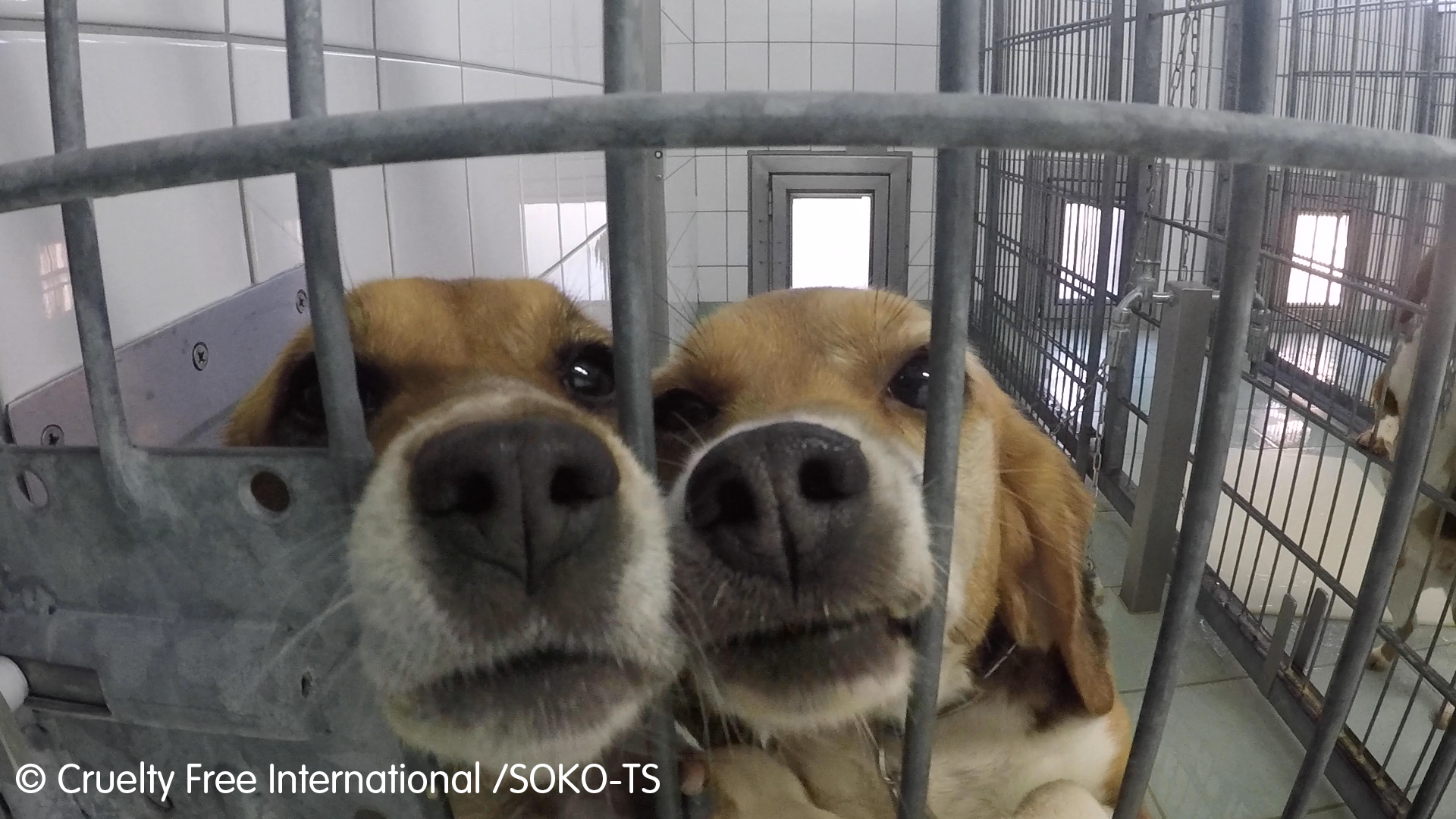Nearly 200 million animals used in medical research worldwide
By Katy Taylor
From Alternatives to Laboratory Animals
An absence of information
The use of live animals in experiments is a controversial issue. Public opinion is divided but, when asked, most are clearly not in favour of the use of cats, dogs, or monkeys in experiments (Ipsos MORI, 2019). Within the scientific community there is widespread support for the sentiment of seeking to reduce, replace, or refine animal use as much as possible.
However, there is a lack of reliable data on the scale of animal testing. According to our research, almost 80% of the world’s animal using countries do not publish the numbers they use. Europe remains the world leader in terms of transparency.
Estimates for 2015
In 2005 Cruelty Free International set about trying to provide an overall estimate for the worldwide use of animals in harmful research in which the animals are usually kept in laboratories, experimented upon and then killed. We could find only 37 countries, mostly European, which provided annual statistics. Nonetheless we managed to create a simple regression model, using publication of animal-based research as a proxy for the number of animals, to extrapolate figures for non-reporting countries.
The model is actually quite a robust one. In 2005 the total number was 115 million animals. When we updated the figure recently for the year 2015 it had jumped to 192 million. Most of this could be explained by increased publications from Asian countries—meaning that our estimates for their use of animals in research are probably now more accurate.
We estimate that China was the greatest user of animals in experiments (20.5 million), followed by Japan (15 million) and the United States (14.6 million). The United Kingdom, Germany, and France are also in the top ten, being the largest users in Europe with around 2 million animals each. We estimate that there were over 200,000 tests on dogs and nearly 160,000 tests on monkeys in 2015.
Time for action
Much of the total is made up of animals that have been genetically modified or bred for research but not actually used. The sheer scale of animal experimentation, should be a cause for concern, even for those that conditionally support their use.
Promisingly, many countries are taking up the challenge of reducing animal experiments, notably the US EPA and the Dutch government who are promising to end toxicity testing on animals by 2035 and 2025 respectively. We hope our stats will help provide the baseline by which to measure their progress as well as a shot in the arm to other nations to help speed up the process of phasing out animal tests.
References
Ispos MORI (2019). Public attitudes to animal research in 2018: https://www.ipsos.com/ipsos-mori/en-uk/public-attitudes-animal-research-2018.
Bratcher NA and Reinhard GR (2015). Creative implementation of 3Rs principles within industry programs: beyond regulations and guidelines. J Am Assoc Lab Anim Sci. 54(2):133-8. PMID: 25836958.
Article Details
An Estimate of the Number of Animals Used for Scientific Purposes Worldwide in 2015
First Published February 24, 2020 Research Article
Katy Taylor and Laura Rego Alvarez
DOI: 10.1177/0261192919899853
Alternatives to Laboratory Animals


Dr Katy Taylor is Director of Science and Regulatory Affairs at Cruelty Free International. Katy manages the scientific output of both organisations, ensuring their call to end animal testing is supported by sound scientific argument.